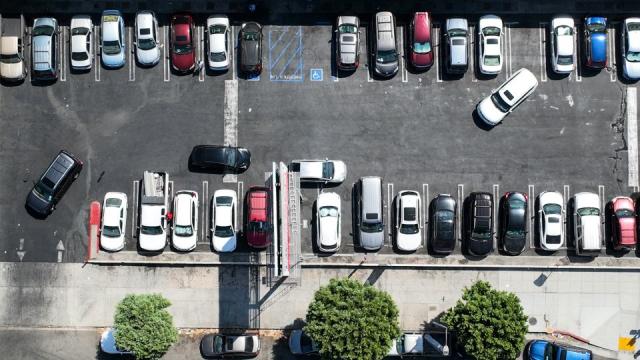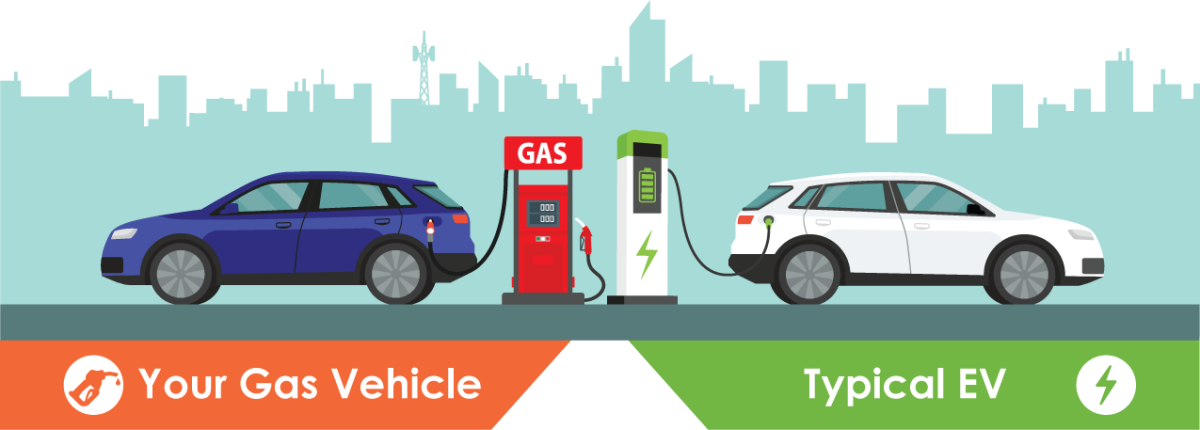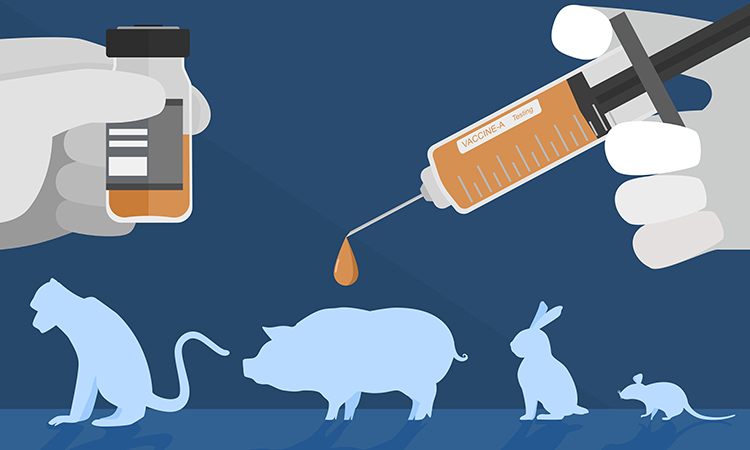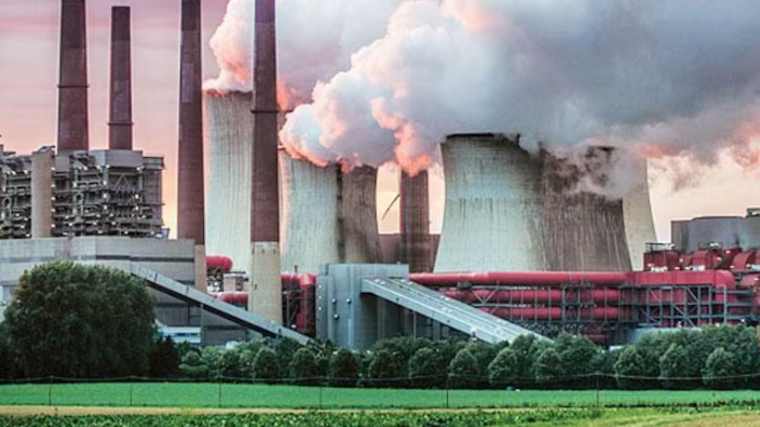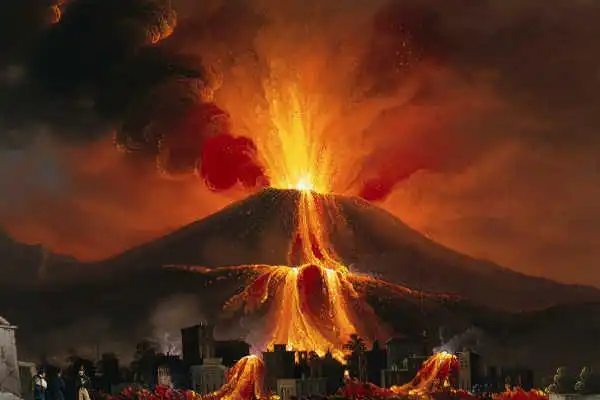Checking the weather report, the more prevalent the evidence becomes as the numbers can not lie. Yet, many protest the rising levels in heat and severe storms.
According to Earth Organization’s “15 Biggest Environmental Problems” article, “global average temperatures are at 1.46C above pre-industrial levels and 0.13C higher than the eleven-month average for 2016, currently the warmest calendar year on record. The year was marked by six record-breaking months and two record-breaking seasons.” This displays the effects of human activity creating an issue of how the sun reflects upon the chemicals released into the atmosphere.
The heat produces toxins that can be harmful to breathe in from the chemicals. In America alone,“36% of Americans—119.6 million people—still live in places with failing grades for unhealthy levels of ozone or particle pollution.” The World Health Organization (WHO) discovered, “an estimated 4.2 to 7 million people die from air pollution worldwide every year and that nine out of ten people breathe air that contains high levels of pollutants.”
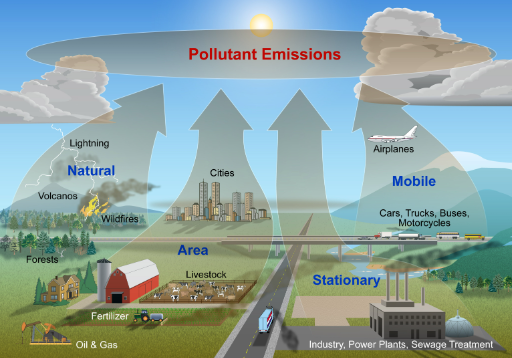
Some people believe this is a minor issue, like a cough, but “most countries in Asia and Africa, which together contribute about 92.7% of life years lost globally due to air pollution, lack key air quality standards needed to develop adequate policies” (WHO). Much of the air pollution can be traced back to the industrialization of countries, that is still an on going process in many countries, located in Africa and Asia.
In turn, many people say that America contributes less than other places, which is semi-true but America is a capitalist country. To further that, the Carbon Majors Report found, “more than half of global industrial emissions since 1988 – the year the Intergovernmental Panel on Climate Change was established – can be traced to just 25 corporate and state-owned entities.” This means America still makes money doing deals with those countries and buying into the industries currently fueling the crisis.
Fast Fashion is a large part of this issue as the demand has proceeded “at an unprecedented rate that the fashion industry now accounts for 10% of global carbon emissions” (Earth Organization). The UN Environment Program states that making clothes creates “more greenhouse gas emissions than both the aviation and shipping sectors combined, and nearly 20% of global wastewater, or around 93 billion cubic meters from textile dyeing.”
Another industry driving air pollution is gas and oil companies, and the demand is high for their products, causing more drilling when the supply gets low.
In 2015, Carbon Tracker Study noted that these companies could be worthless to help in advances for renewable energy because “risked wasting more than $2 trillion over the coming decade by pursuing coal, oil and gas projects”. Though this may be true, a few companies have spoke on this. One company, Shell, in 2015 invested $1.7 billion in renewables. Another company, Chevron, says that they are “committed to managing its [greenhouse gas] emissions”, and have been investing in two of the world’s largest carbon dioxide injection projects. These projects help find how to capture and store carbon, to not have it be released into the atmosphere.
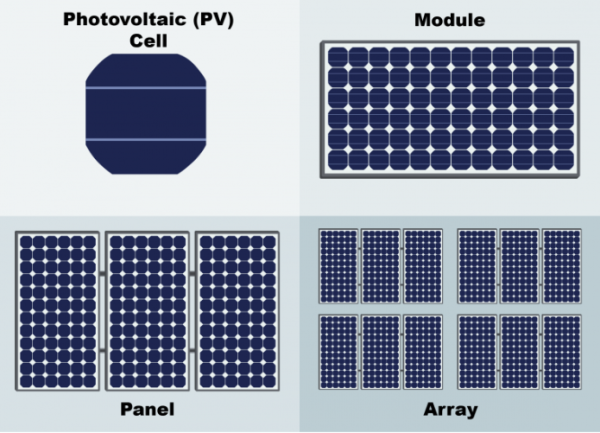
The global domination of these industries makes for a new perspective of how other countries start to face the air pollution situation. According to the New York Times, Africa’s has tremendous climate potential. Africa has more sunlight, natural resources, and undeveloped land to have “60 percent of the world’s solar energy potential and almost a third of the minerals that will be needed to electrify transportation and the power grid.” This could help deal with the oil and gas that is used to power neighboring countries. In fact, if Africa can create clean power infrastructure, it will be a cleaner way for industries produce.
Wind power is another solution that can lower green house emissions. Data showed a mass change in air quality, a good example of how the world can use different source of energy.
Thus, how can every country and ourselves lower green house emissions?







